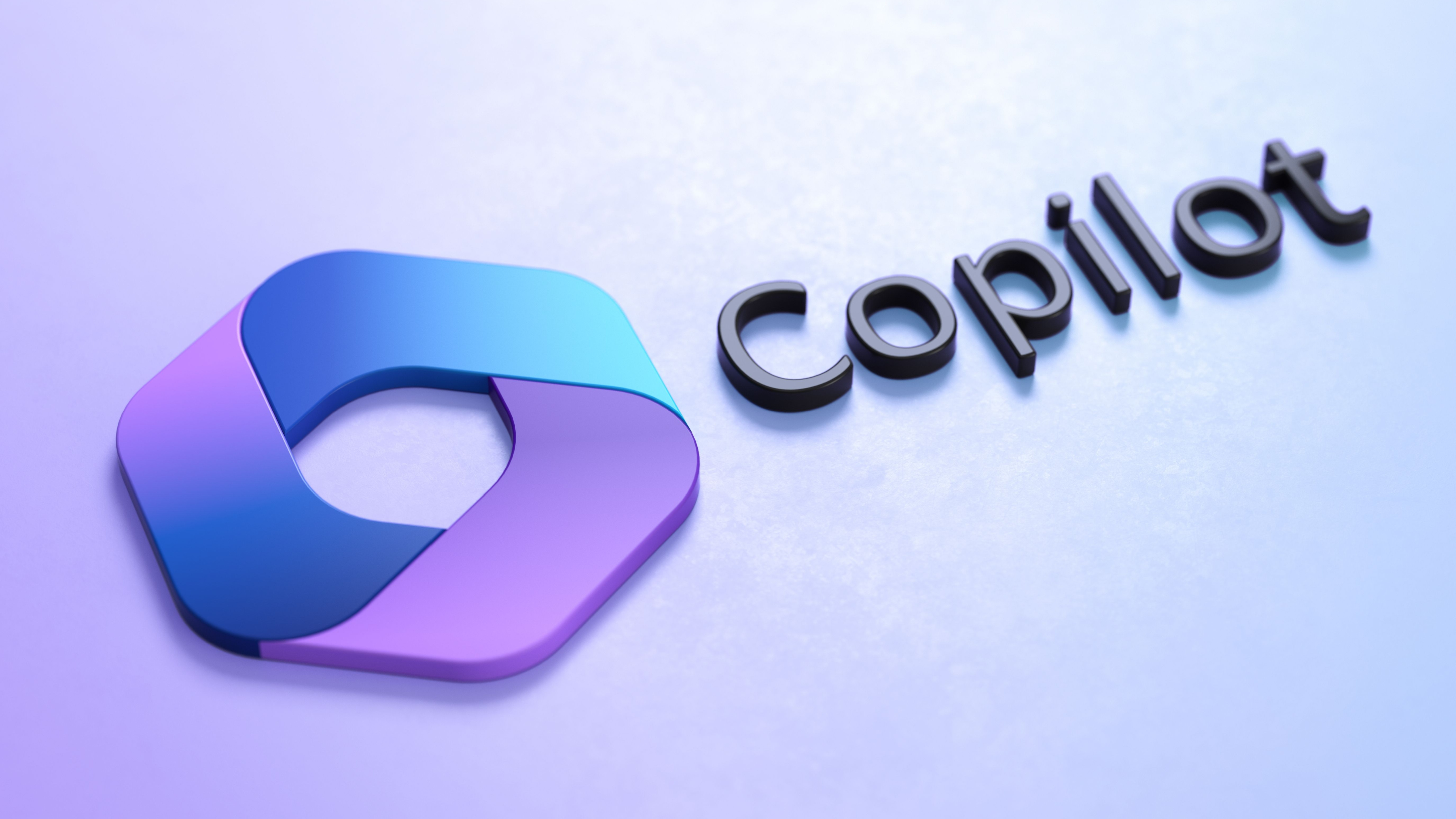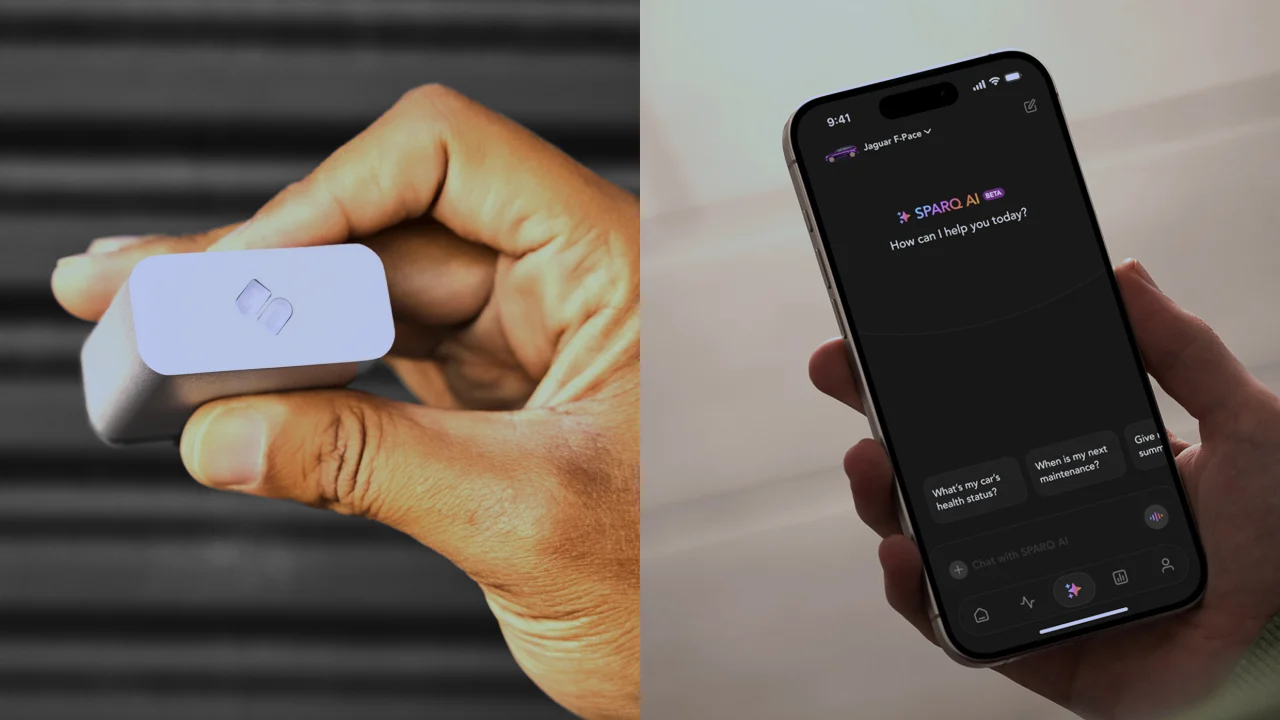How to Build a Simple Chatbot with Python
How to Build a Simple Chatbot with Python Chatbots have become an essential tool for businesses, customer support, and even personal projects. With Python, building a simple chatbot is easier than you might think. In this guide, we’ll walk through creating a basic chatbot using Python and natural language processing (NLP) techniques. By the end of this tutorial, you’ll have a functional chatbot that can respond to user inputs. If you're looking to monetize your web development skills, consider checking out MillionFormula for opportunities to turn your coding expertise into income. Prerequisites Before we begin, ensure you have the following installed: Python (3.6 or later) pip (Python package manager) You’ll also need these libraries: nltk (Natural Language Toolkit) numpy (For numerical operations) scikit-learn (For machine learning utilities) Install them using: bash Copy pip install nltk numpy scikit-learn Step 1: Setting Up the Basic Structure A chatbot works by processing user input and generating a response. We’ll start by creating a simple rule-based chatbot before enhancing it with machine learning. Creating a Simple Rule-Based Chatbot python Copy def simple_chatbot(user_input): user_input = user_input.lower() if "hello" in user_input or "hi" in user_input: return "Hello! How can I help you today?" elif "how are you" in user_input: return "I'm just a bot, but I'm functioning well!" elif "bye" in user_input: return "Goodbye! Have a great day." else: return "I didn't understand that. Can you rephrase?" # Test the chatbot print(simple_chatbot("Hi there!")) # Output: "Hello! How can I help you today?" This is a basic keyword-matching chatbot. While it works for simple queries, it lacks flexibility. Let’s improve it with NLP. Step 2: Enhancing the Chatbot with NLP We’ll use NLTK to preprocess text and scikit-learn for intent classification. Installing NLTK Data Run this in your Python environment to download necessary datasets: python Copy import nltk nltk.download('punkt') nltk.download('wordnet') Preprocessing Text We’ll tokenize and lemmatize the input for better understanding. python Copy from nltk.tokenize import word_tokenize from nltk.stem import WordNetLemmatizer lemmatizer = WordNetLemmatizer() def preprocess(text): tokens = word_tokenize(text.lower()) lemmatized = [lemmatizer.lemmatize(token) for token in tokens] return lemmatized print(preprocess("How are you doing?")) # Output: ['how', 'be', 'you', 'doing', '?'] Step 3: Training a Simple Intent Classifier We’ll use a bag-of-words model to classify user intent. Defining Training Data python Copy training_data = { "greetings": ["hello", "hi", "hey", "howdy"], "farewell": ["bye", "goodbye", "see you"], "status": ["how are you", "what's up", "how do you feel"] } Converting Text to Features We’ll use CountVectorizer from scikit-learn. python Copy from sklearn.feature_extraction.text import CountVectorizer from sklearn.naive_bayes import MultinomialNB # Prepare dataset X = [] y = [] for intent, samples in training_data.items(): for sample in samples: X.append(sample) y.append(intent) # Vectorize text vectorizer = CountVectorizer() X_vec = vectorizer.fit_transform(X) # Train classifier classifier = MultinomialNB() classifier.fit(X_vec, y) Predicting Intent python Copy def predict_intent(text): processed = ' '.join(preprocess(text)) vec = vectorizer.transform([processed]) return classifier.predict(vec)[0] print(predict_intent("Hey there!")) # Output: "greetings" Step 4: Generating Responses Now, let’s map predicted intents to responses. python Copy responses = { "greetings": "Hello! How can I assist you?", "farewell": "Goodbye! Have a nice day.", "status": "I'm just a bot, but I'm doing great!" } def chatbot_response(user_input): intent = predict_intent(user_input) return responses.get(intent, "I'm not sure how to respond to that.") Test it: python Copy print(chatbot_response("Hi!")) # Output: "Hello! How can I assist you?" print(chatbot_response("Bye!")) # Output: "Goodbye! Have a nice day." print(chatbot_response("What's up?")) # Output: "I'm just a bot, but I'm doing great!" Step 5: Deploying the Chatbot (Optional) To make your chatbot interactive, wrap it in a loop: python Copy print("Chatbot: Hi! I'm a simple chatbot. Type 'bye' to exit.") while True: user_input = input("You: ") if user_input.lower() == 'bye': print("Chatbot: Goodbye!") break response = chatbot_response(user_input) print(f"Chatbot: {response}") Next Steps Improve the NLP model with more training data. Integrate with APIs (e.g., OpenAI GPT-3 for advanced responses). Deploy as a web app using Flask or FastAPI

How to Build a Simple Chatbot with Python
Chatbots have become an essential tool for businesses, customer support, and even personal projects. With Python, building a simple chatbot is easier than you might think. In this guide, we’ll walk through creating a basic chatbot using Python and natural language processing (NLP) techniques.
By the end of this tutorial, you’ll have a functional chatbot that can respond to user inputs. If you're looking to monetize your web development skills, consider checking out MillionFormula for opportunities to turn your coding expertise into income.
Prerequisites
Before we begin, ensure you have the following installed:
- Python (3.6 or later)
-
pip(Python package manager)
You’ll also need these libraries:
-
nltk(Natural Language Toolkit) -
numpy(For numerical operations) -
scikit-learn(For machine learning utilities)
Install them using:
bash
Copy
pip install nltk numpy scikit-learn
Step 1: Setting Up the Basic Structure
A chatbot works by processing user input and generating a response. We’ll start by creating a simple rule-based chatbot before enhancing it with machine learning.
Creating a Simple Rule-Based Chatbot
python
Copy
def simple_chatbot(user_input): user_input = user_input.lower() if "hello" in user_input or "hi" in user_input: return "Hello! How can I help you today?" elif "how are you" in user_input: return "I'm just a bot, but I'm functioning well!" elif "bye" in user_input: return "Goodbye! Have a great day." else: return "I didn't understand that. Can you rephrase?" # Test the chatbot print(simple_chatbot("Hi there!")) # Output: "Hello! How can I help you today?"
This is a basic keyword-matching chatbot. While it works for simple queries, it lacks flexibility. Let’s improve it with NLP.
Step 2: Enhancing the Chatbot with NLP
We’ll use NLTK to preprocess text and scikit-learn for intent classification.
Installing NLTK Data
Run this in your Python environment to download necessary datasets:
python
Copy
import nltk nltk.download('punkt') nltk.download('wordnet')
Preprocessing Text
We’ll tokenize and lemmatize the input for better understanding.
python
Copy
from nltk.tokenize import word_tokenize from nltk.stem import WordNetLemmatizer lemmatizer = WordNetLemmatizer() def preprocess(text): tokens = word_tokenize(text.lower()) lemmatized = [lemmatizer.lemmatize(token) for token in tokens] return lemmatized print(preprocess("How are you doing?")) # Output: ['how', 'be', 'you', 'doing', '?']
Step 3: Training a Simple Intent Classifier
We’ll use a bag-of-words model to classify user intent.
Defining Training Data
python
Copy
training_data = { "greetings": ["hello", "hi", "hey", "howdy"], "farewell": ["bye", "goodbye", "see you"], "status": ["how are you", "what's up", "how do you feel"] }
Converting Text to Features
We’ll use CountVectorizer from scikit-learn.
python
Copy
from sklearn.feature_extraction.text import CountVectorizer from sklearn.naive_bayes import MultinomialNB # Prepare dataset X = [] y = [] for intent, samples in training_data.items(): for sample in samples: X.append(sample) y.append(intent) # Vectorize text vectorizer = CountVectorizer() X_vec = vectorizer.fit_transform(X) # Train classifier classifier = MultinomialNB() classifier.fit(X_vec, y)
Predicting Intent
python
Copy
def predict_intent(text): processed = ' '.join(preprocess(text)) vec = vectorizer.transform([processed]) return classifier.predict(vec)[0] print(predict_intent("Hey there!")) # Output: "greetings"
Step 4: Generating Responses
Now, let’s map predicted intents to responses.
python
Copy
responses = { "greetings": "Hello! How can I assist you?", "farewell": "Goodbye! Have a nice day.", "status": "I'm just a bot, but I'm doing great!" } def chatbot_response(user_input): intent = predict_intent(user_input) return responses.get(intent, "I'm not sure how to respond to that.")
Test it: python Copy
print(chatbot_response("Hi!")) # Output: "Hello! How can I assist you?" print(chatbot_response("Bye!")) # Output: "Goodbye! Have a nice day." print(chatbot_response("What's up?")) # Output: "I'm just a bot, but I'm doing great!"
Step 5: Deploying the Chatbot (Optional)
To make your chatbot interactive, wrap it in a loop:
python
Copy
print("Chatbot: Hi! I'm a simple chatbot. Type 'bye' to exit.") while True: user_input = input("You: ") if user_input.lower() == 'bye': print("Chatbot: Goodbye!") break response = chatbot_response(user_input) print(f"Chatbot: {response}")
Next Steps
- Improve the NLP model with more training data.
- Integrate with APIs (e.g., OpenAI GPT-3 for advanced responses).
- Deploy as a web app using Flask or FastAPI.
If you're interested in monetizing your programming projects, explore MillionFormula for ways to leverage your skills for income.
Conclusion
Building a chatbot in Python is a great way to learn NLP and automation. While our example is simple, you can expand it with more sophisticated models like transformers (e.g., Hugging Face’s transformers library).
Experiment, refine, and deploy your chatbot—it’s a valuable skill in today’s tech landscape!
Would you like help extending this chatbot further? Let me know in the comments!







































































































































































![[The AI Show Episode 143]: ChatGPT Revenue Surge, New AGI Timelines, Amazon’s AI Agent, Claude for Education, Model Context Protocol & LLMs Pass the Turing Test](https://www.marketingaiinstitute.com/hubfs/ep%20143%20cover.png)



















































































































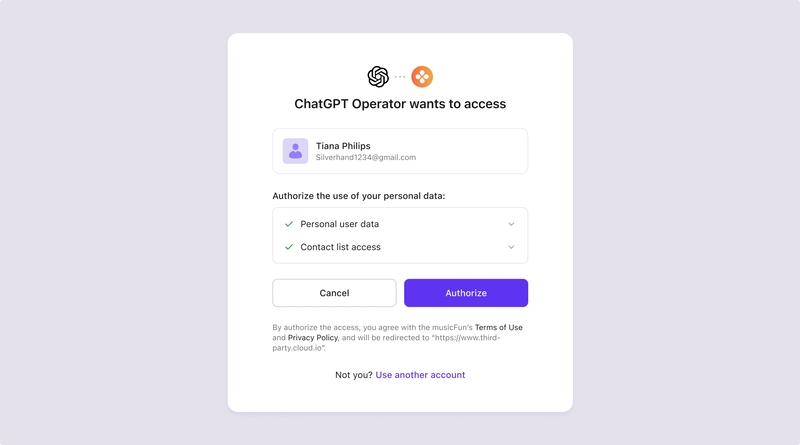
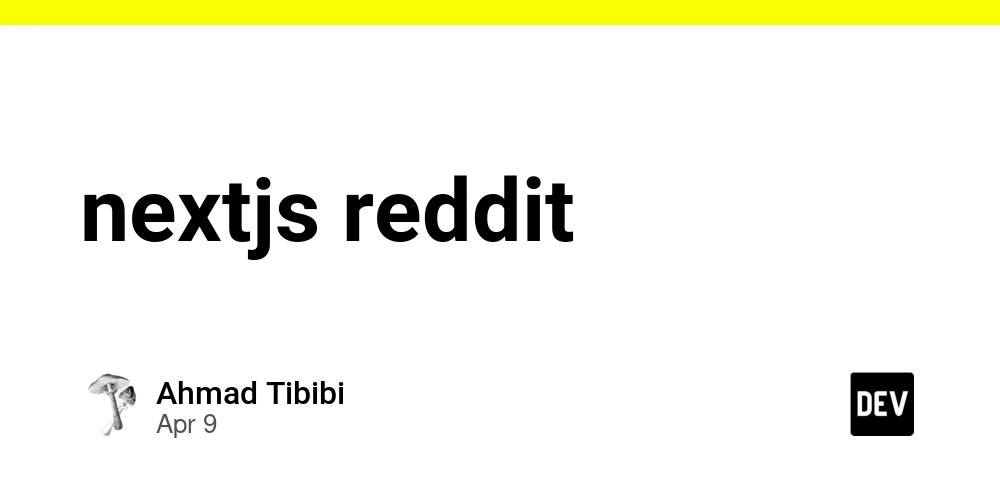
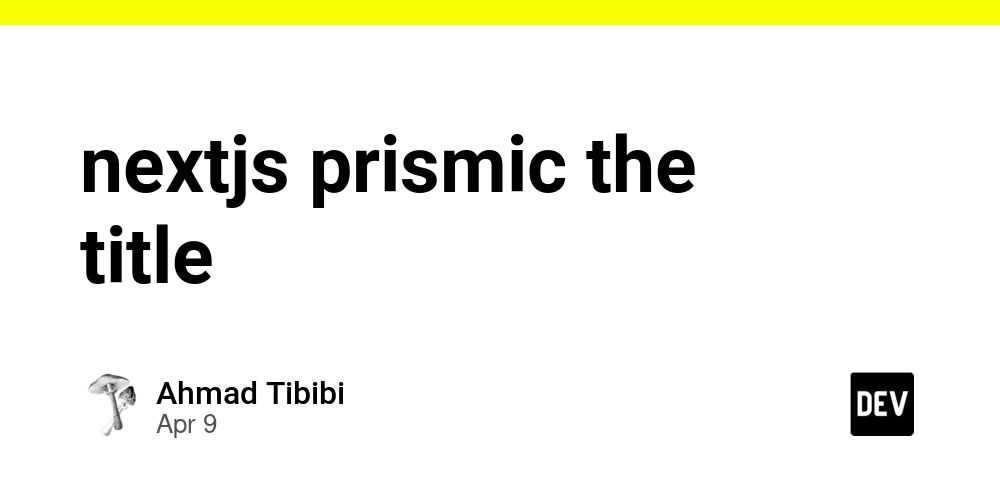















![From drop-out to software architect with Jason Lengstorf [Podcast #167]](https://cdn.hashnode.com/res/hashnode/image/upload/v1743796461357/f3d19cd7-e6f5-4d7c-8bfc-eb974bc8da68.png?#)










































































































.jpg?#)





























_ArtemisDiana_Alamy.jpg?#)














































































-xl.jpg)













![Yes, the Gemini icon is now bigger and brighter on Android [U]](https://i0.wp.com/9to5google.com/wp-content/uploads/sites/4/2025/02/Gemini-on-Galaxy-S25.jpg?resize=1200%2C628&quality=82&strip=all&ssl=1)












![Apple Rushes Five Planes of iPhones to US Ahead of New Tariffs [Report]](https://www.iclarified.com/images/news/96967/96967/96967-640.jpg)
![Apple Vision Pro 2 Allegedly in Production Ahead of 2025 Launch [Rumor]](https://www.iclarified.com/images/news/96965/96965/96965-640.jpg)




















